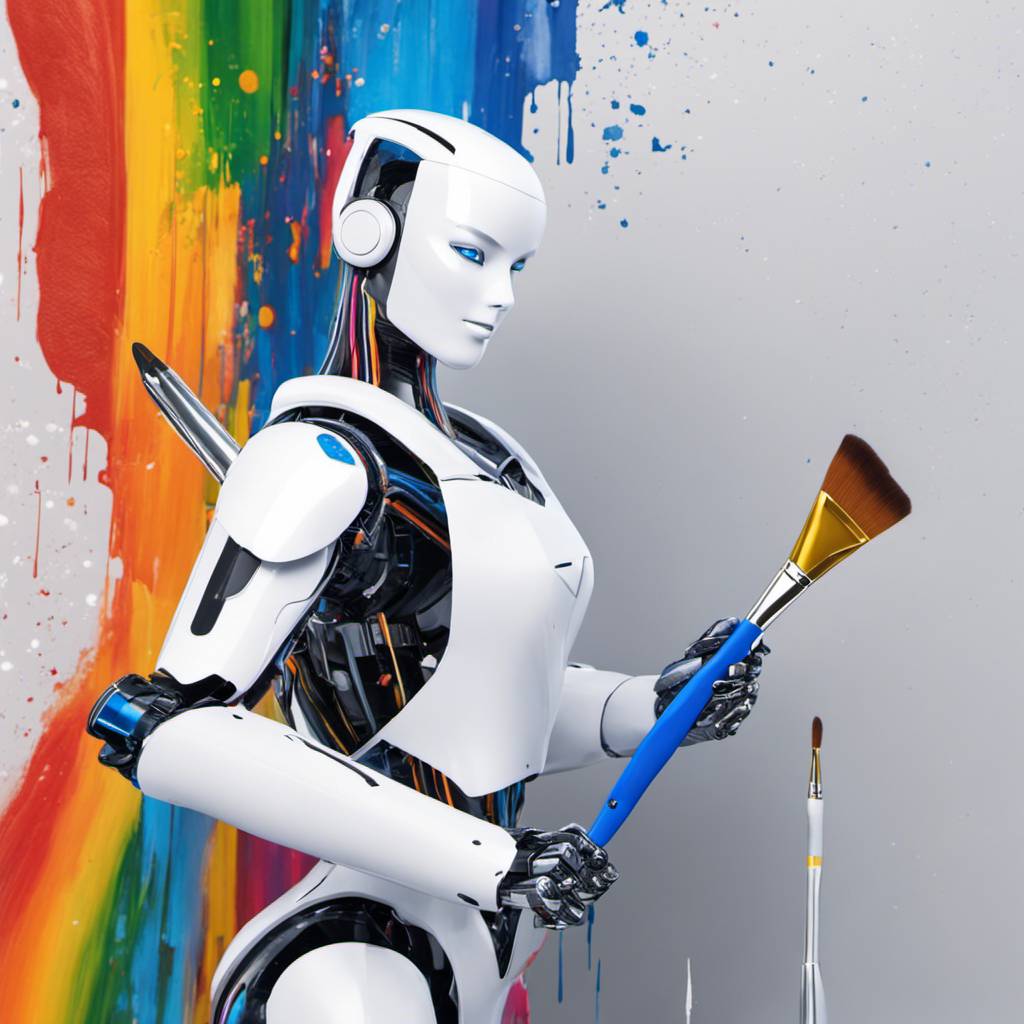In a recent ruling that has sparked a great deal of interest in the business and technology industry, the U.S. Copyright Office Review Board denied protection for an AI-generated image. The image, titled “Theatre D’opera Spatial,” was created by artist Jason M. Allen using an AI system called Midjourney. Despite winning the 2022 Colorado State Fair’s art competition and garnering nationwide attention, the image was not granted copyright protection because it was not created by a human.
Allen first applied for copyright protection in September 2022 without disclosing the AI involvement in the image creation. This led to an inquiry from the assigned examiner seeking an explanation of the process used to create the image. Allen revealed that he had made numerous inputs and text prompts – at least 624 times – to generate the initial version of the image, which he then edited using Photoshop.
However, due to the significant role that Midjourney played in creating the image, Allen’s request for copyright was rejected. Following an appeal in January, the board once again denied protection on the grounds that “the image generated by Midjourney that formed the initial basis for th[e] Work is not an original work of authorship protected by copyright.”
The Copyright Office acknowledged that Allen’s human-authored ‘visual edits’ made in Photoshop contained enough original authorship to be registered. Still, it insisted that the features generated by Midjourney and Gigapixel AI must be excluded as non-human authorship. Consequently, since Allen sought to register the entire work and refused to disclaim the AI-generated portions, his claim could not be registered.
This is not the first time the Copyright Office Review Board has denied protection for an AI-generated image. A similar ruling was issued in May 2022 when computer scientist Stephen Thaler was denied copyright protection for an image created using his Creativity Machine algorithm.
Thaler took his case to federal court, where U.S. District Judge Beryl A. Howell upheld the decision that AI-generated artwork cannot be copyrighted. This ruling underscores one of the latest technology trends, where AI-generated content is increasingly becoming mainstream, moving from the realm of science fiction movies like “Terminator” to everyday use in image and text platforms.
Allen, despite the setback, remains optimistic about his chances in the long run. He expressed his belief that he “will win in the end,” albeit acknowledging that the latest decision was expected. He warned that if the ruling stands, it could lead to more problems than it resolves, creating new and creative challenges for the copyright office in ways that are yet to be fully understood.
As AI continues to evolve and become more integrated into our lives, questions about its role in creating content and the copyright implications will continue to surface. This case is a prime example of how technology is pushing the boundaries of existing legal frameworks, prompting a re-evaluation of what constitutes authorship and original work.
While the U.S. Copyright Office has declined to comment on this specific case, it’s clear that rulings like this one will have far-reaching implications for artists, technologists, and legal experts alike. As we navigate these uncharted waters, it’s crucial to keep abreast of these developments and understand how they might impact our understanding of creativity, authorship, and intellectual property rights in the digital age.
